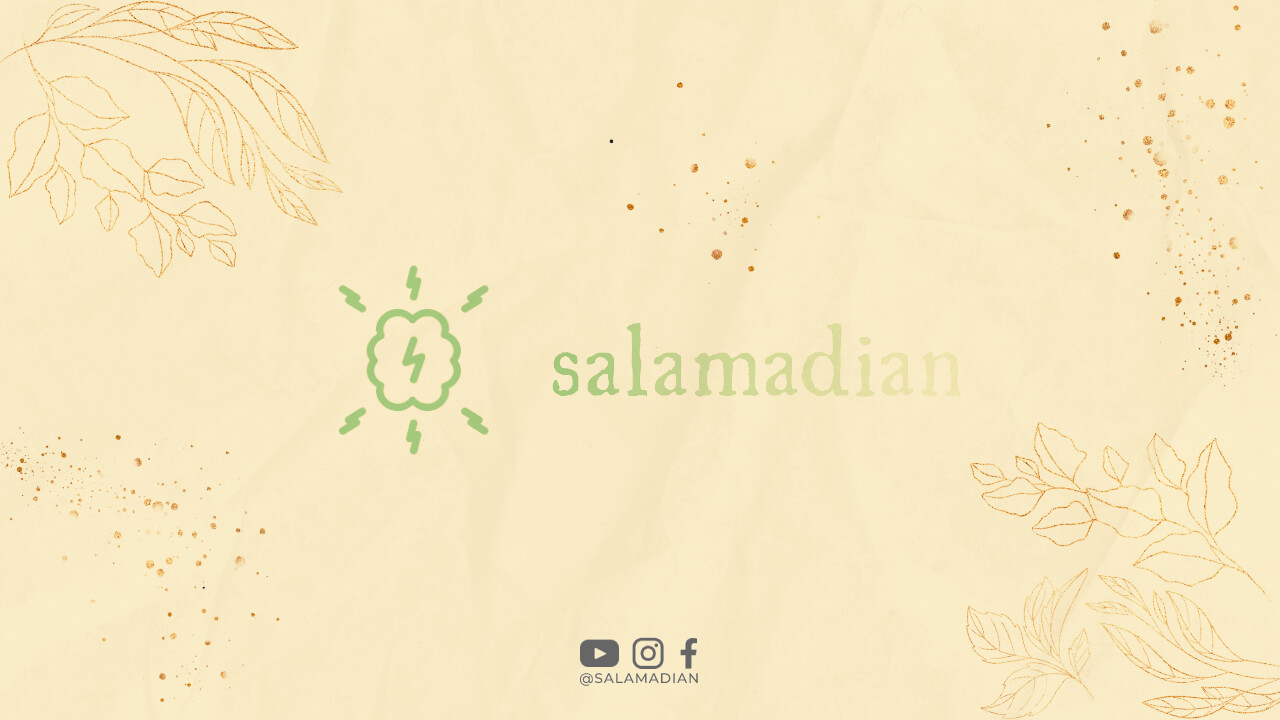When it comes to dressing for the office, the term “business casual” is often thrown around. But what exactly does it mean? Is it just a fancy way of saying you can wear jeans? Well, not quite. Business casual is a dress code that allows for more flexibility and comfort compared to traditional formal attire, while still maintaining a professional and polished look.
Defining Business Casual
Business casual can vary depending on the industry, company culture, and even the specific office environment. However, there are some general guidelines that can help you navigate this dress code.
First and foremost, business casual generally means dressing in a way that is neat, clean, and well-put-together. It’s important to avoid anything that is overly casual or too formal. The goal is to strike a balance between professionalism and comfort.
Appropriate Tops
When it comes to tops, business casual allows for a range of options. For men, a collared shirt is usually a safe choice. This can include button-down shirts, polo shirts, or even turtlenecks in colder weather. T-shirts, tank tops, and graphic shirts are generally not considered appropriate for business casual settings.
Women have a bit more flexibility when it comes to tops. Blouses, sweaters, and cardigans can all be great choices. However, it’s important to avoid tops that are too revealing or low-cut. It’s always a good idea to err on the side of caution and choose more conservative options.
Choosing Bottoms
When it comes to bottoms, business casual typically means avoiding jeans, shorts, and skirts that are too short. For men, khakis, dress pants, or chinos are usually a safe bet. Pair them with a belt and dress shoes to complete the look.
Women can opt for dress pants, skirts, or dresses that fall at or below the knee. Pairing them with a blouse or a sweater can create a polished and professional ensemble.
Footwear and Accessories
When it comes to footwear, business casual generally means avoiding sneakers, flip-flops, and sandals. Instead, opt for dress shoes or loafers for men, and closed-toe heels or flats for women. Accessories should be kept minimal and understated, avoiding anything too flashy or distracting.
Adapting to Your Workplace
It’s important to note that business casual can vary from one workplace to another. Some offices may have a more relaxed interpretation of the dress code, allowing for more casual attire. On the other hand, certain industries or positions may require a more formal approach to business casual.
When starting a new job or if you’re unsure about the dress code, it’s always a good idea to observe what others are wearing. Pay attention to how your colleagues and superiors dress, and use that as a guide for your own outfits.
Conclusion
In conclusion, business casual is a dress code that allows for more flexibility and comfort while maintaining a professional appearance. It’s important to dress neatly and avoid anything too casual or formal. Remember to adapt to your specific workplace and industry, and always strive to strike the right balance between professionalism and personal style.

